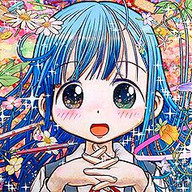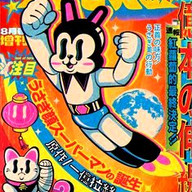Contemporary Japanese Art
- Serene
- May 24, 2022
- 2 min read

This week we explored the influence of Japan's Kawaii, Manga and Anime cultures which evolved from subcultures to become forces in global art. Japanese art has a long tradition of using nature, religion and Eastern philosophy as subjects. 19th century European artists like Vincent Van Gogh, Edgar Degas and Claude Monet were greatly influenced by their exposure to Japanese art. Japan also began to reinterpret their traditional styles with western influences which continues most evidently through animation. The popularity of Manga and Anime style of film animation became great influences on contemporary art in Japan and spawned enthusiasts around the world. Disney had an influence on early generations of animators, and in Japan, Manga artists created their own iconic characters: Hello Kitty, Doraemon, Astro Boy, Pokémon and other global cultural exports.
Kawaii's influence is a force behind fashion, film and gaming, and it has seeped into the landscape of contemporary art. The Japanese term which translates as “cute", idealizes childlike innocence with pastel colors, and round nostalgic characters with large innocent eyes. The popularity of Kawaii is most evident in the works of contemporary artists Yoshitomo Nara and Takashi Murakami, who create nostalgic reimagining of childhood fantasies with satires of today’s hyper-consumer society. Murakami is often billed as Japan’s Andy Warhol, and just like the American Pop artist, his signature style makes no distinction between high and low art or culture. Kawaii characters are metaphors, and their appeal is that they are not just expressly designed for children, but within the realm of contemporary artists become satirized to represent the embodiment of materialism and lost innocence.
WEDNESDAY CLASS
For this lesson we viewed a variety of contemporary Japanese artists who are inspired by the culture of Kawaii. Through animation, books and products, the class was already very familiar with many of the characters and the styles. We concentrated on the big eyes, and they did some sketches before beginning their own interpretations “inspired by Kawaii and Anime”. Their art is a combination of collage, drawing and painting, and the materials used were black markers, colored paper, Japanese origami paper, Kwik Sticks, and paint pens.
SATURDAY CLASSES









































































Comments